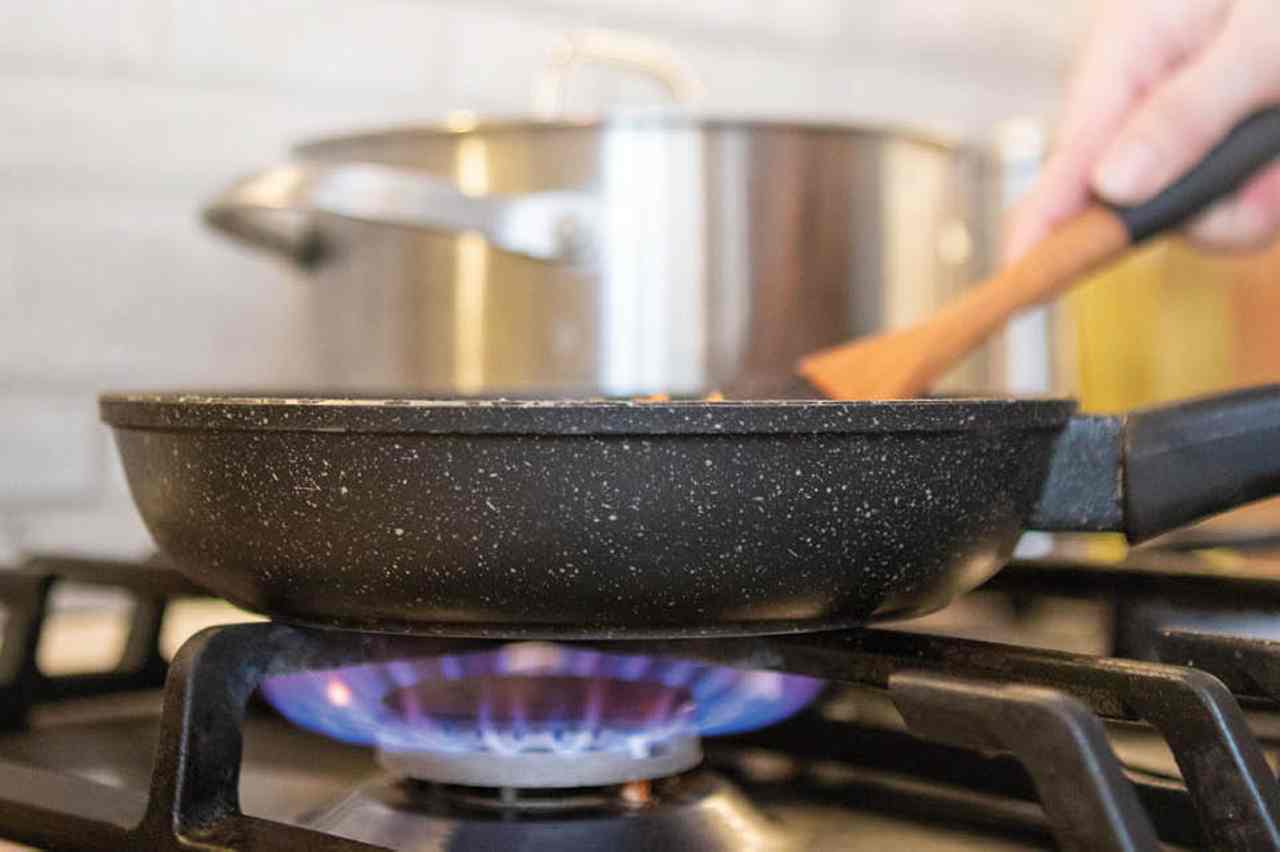A growing number of U.S. states and cities are phasing out gas ranges, heaters, and other appliances in favor of electric equipment in new buildings because of concerns about their release of carbon dioxide and methane. These airborne chemicals contribute to greenhouse-gas emissions and the climate crisis — and to chronic health conditions.
Cities in California, Massachusetts, and Washington have laws in place limiting the use of gas. In 2021, New York City similarly banned gas heaters, stoves, and water boilers in all new buildings. Meanwhile, 21 states have adopted laws prohibiting such bans.
Now, a 2022 study published in Environmental Science and Technology finds that in 95 percent of homes tested, natural-gas lines and appliances also release low but potentially harmful levels of chemicals, such as benzene, that are linked to cancer and other illnesses.
Many people are aware of the “air toxics” (as the Environmental Protection Agency classifies pollutants known to cause cancer and birth defects) released when a burner is on. But in 2022 a Stanford University research team found that “three-quarters of methane emissions occurred while stoves were off . . . through leaks and incomplete combustion.”
Swapping out gas for electric appliances in your home is a good solution when possible. In the meantime, you can improve your home’s air quality with the following tips.
- Turn on your vent hood to conduct air outdoors and help prevent gas buildup. Use the exhaust fan when you cook — and make sure the fan is on before you light the stove to exhaust uncombusted gas. Open your windows when you can.
- Use your range’s back burners when possible, helping the vent hood send the chemicals up and out of, instead of into, your home.
For more info on improving indoor-air quality, see “11 Tips to Improve Indoor Air Quality“.
This article originally appeared as “Turning Off the Gas” in the December 2022 issue of Experience Life.





